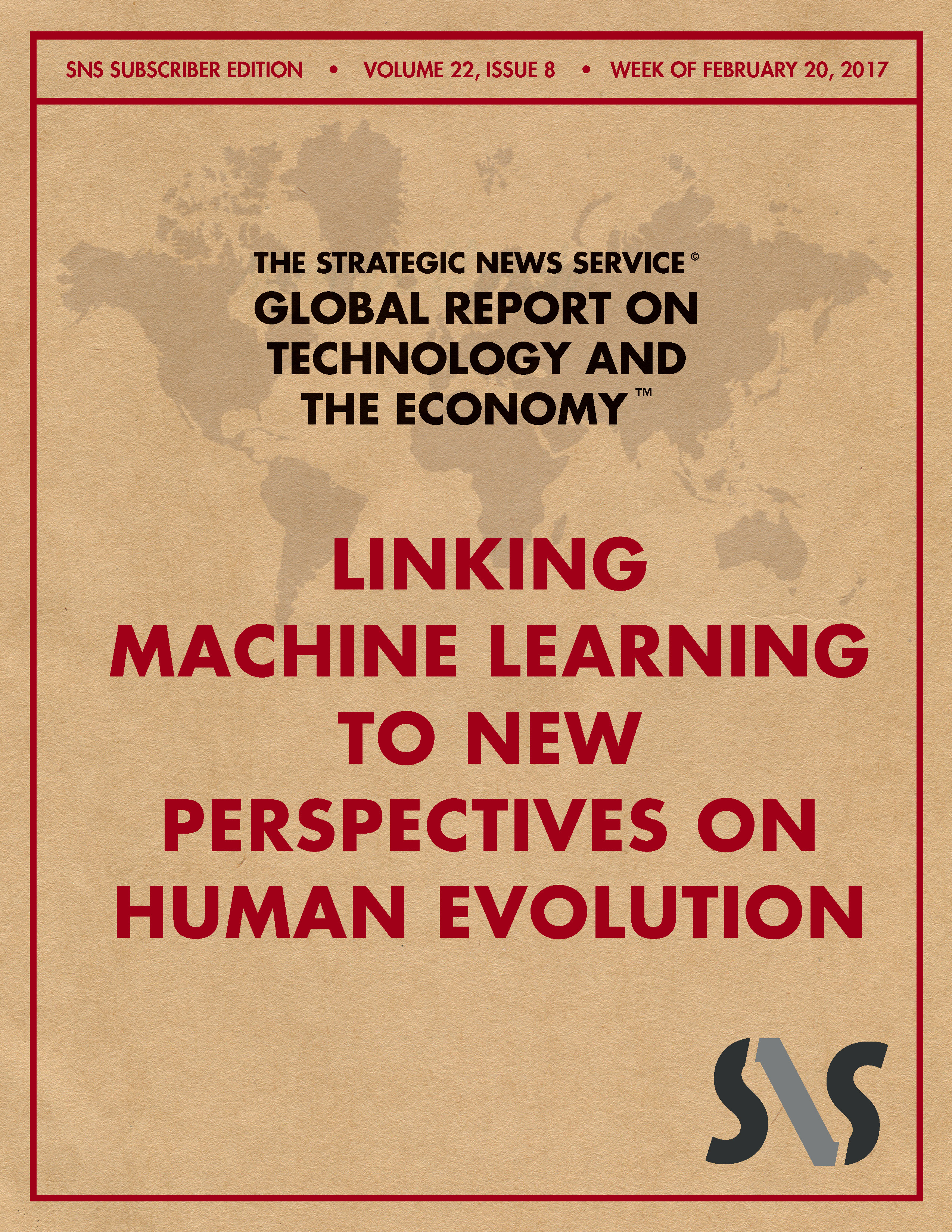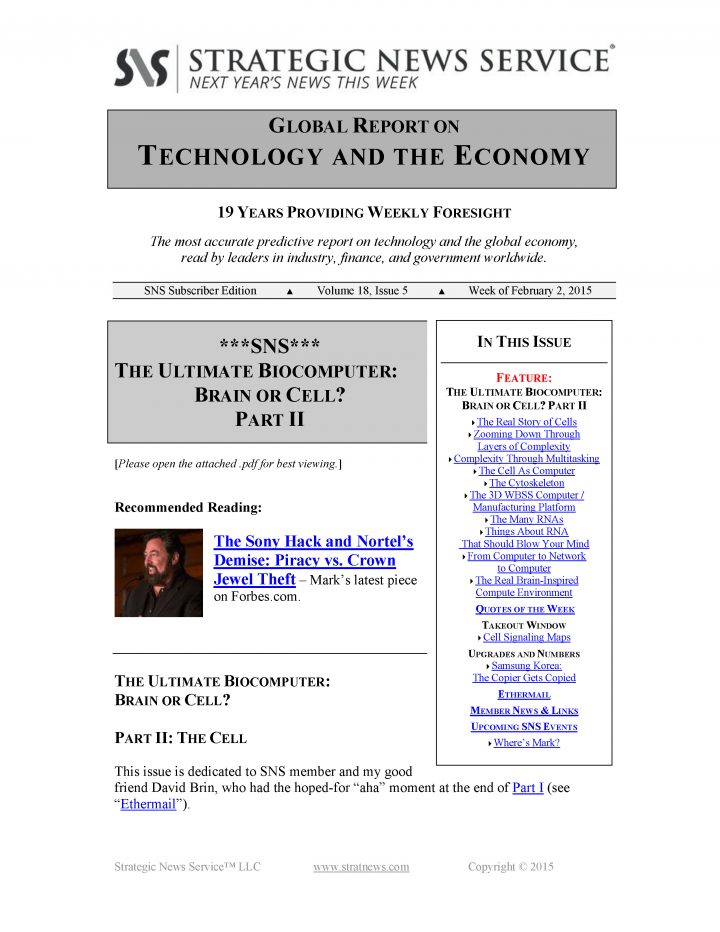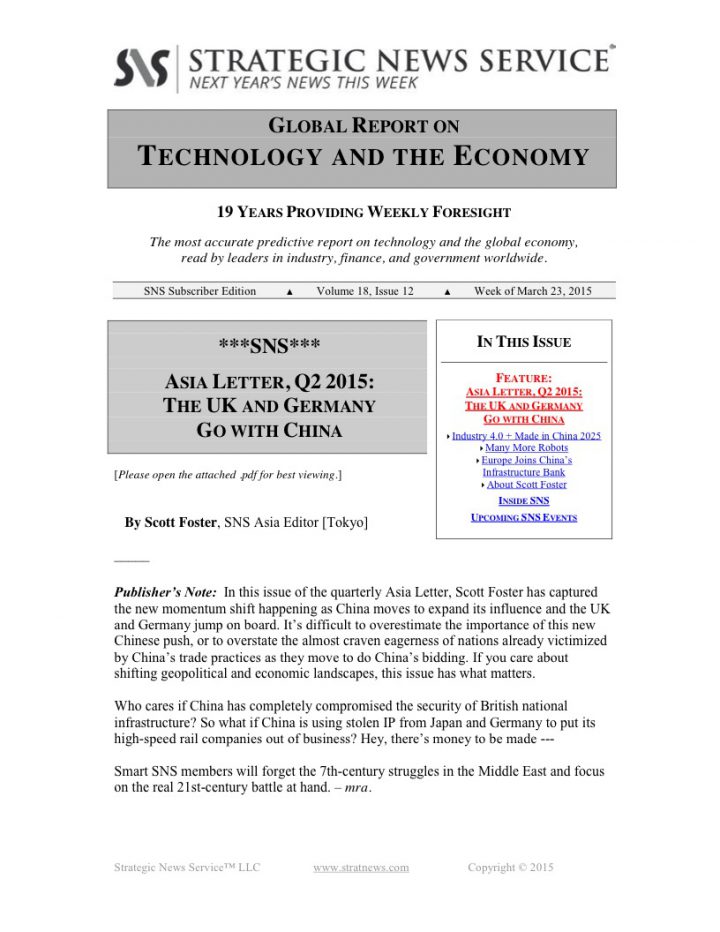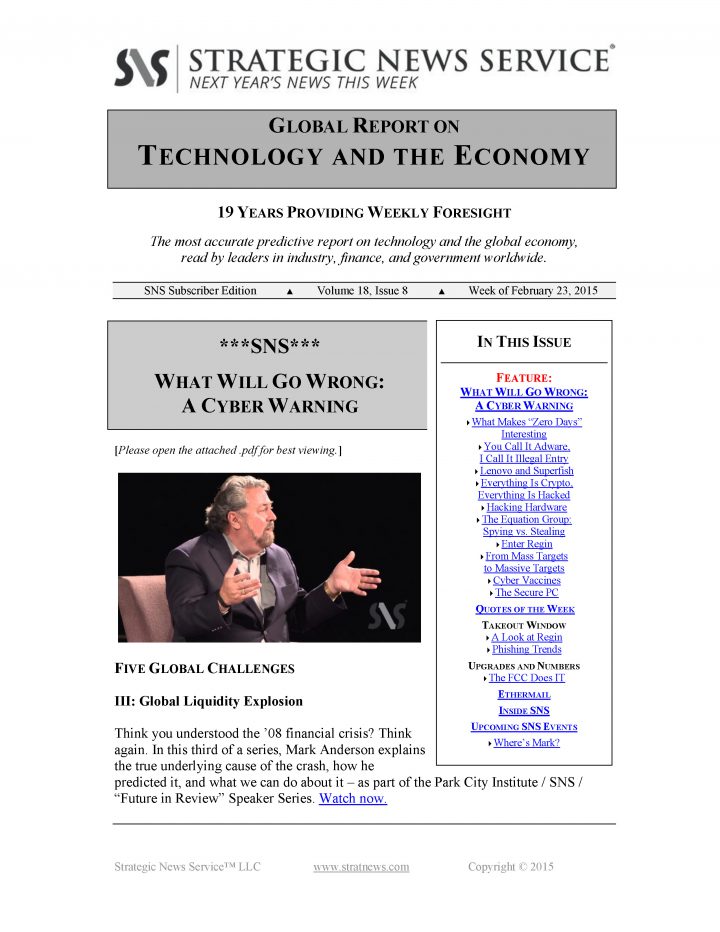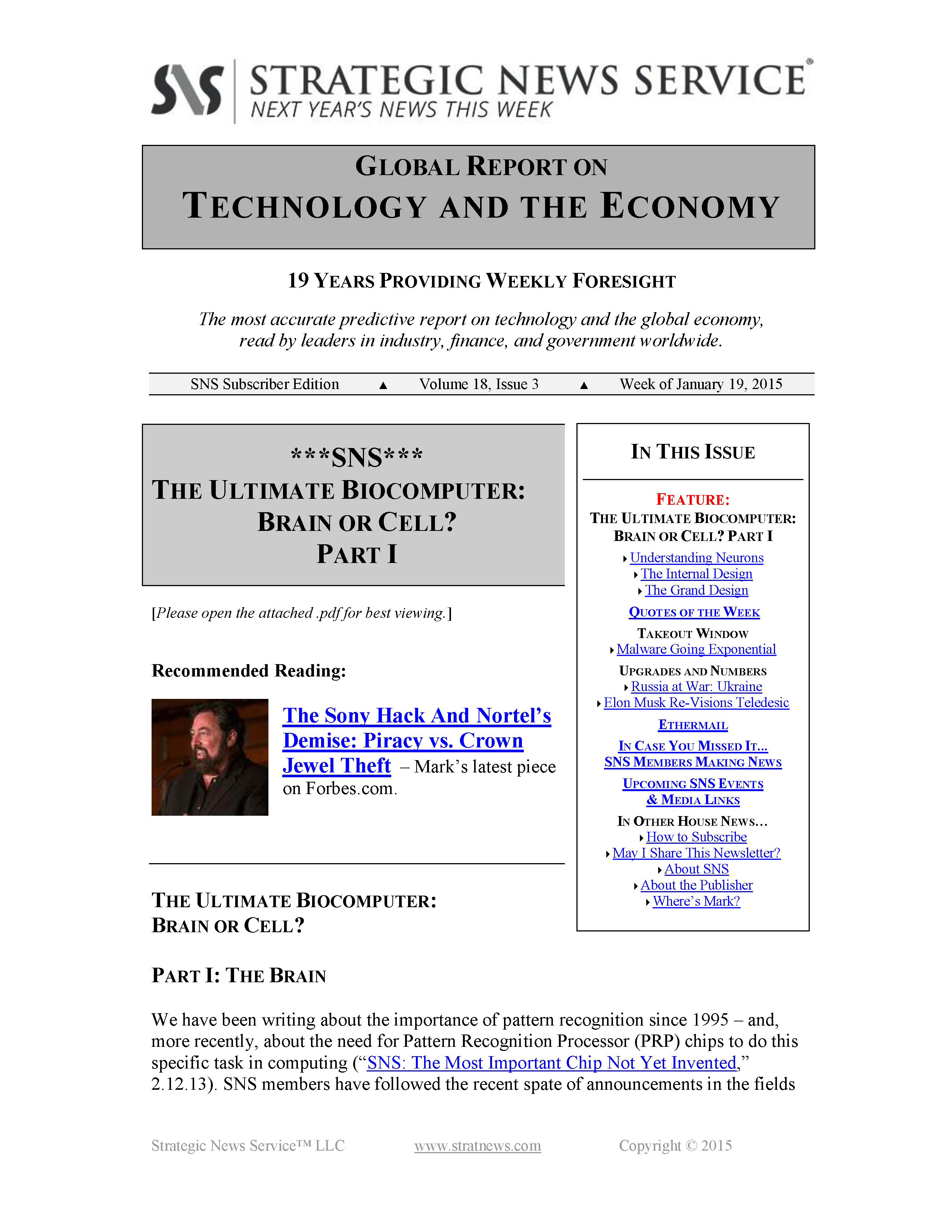In This Issue
Week of 2/20/2017
Vol. 22 Issue 8
FEATURE: Linking Machine Learning to New Perspectives on Human Evolution
- What Is a Human?
- Synergistics
- Microbial Lifetimes
- Human Co-Evolution
- Same Pressures, Differential Responses
- A New Perspective on Human Evolution
- Machine Learning and AI
- Emulating the Brain vs. Emulating Evolution
- Evolutionary Computing
Quotes of the Week
Takeout Window
- SNS Brings Hyperloop to Utah
Upgrades
- The SpaceX Falcon 9: Back on Track
- The AmCham IP Index
Ethermail
—–
If one thinks about it, evolution is the highest form of learning, and survival the ultimate educational reward.
What Is a Human?
Thanks to pioneers (and SNS members) Craig Venter, Larry Smarr, Rob Knight, and many others, we know today what we did not know just a few years ago: a human body is composed of about 10% human cells and 90% nonhuman cells. Most of the latter belong to what is called the microbiome, or human biota: a community of thousands of species of bacteria and viruses.
These microbes live in (mostly in the gut) and on the human body. They have co-evolved with us over millions, perhaps tens of millions, of years. As we have recently learned, they operate in symbiosis with human cells and the human body, playing important roles in a rapidly growing list of health functions, from immune response to mood swings.
What should we call this organism made of thousands of species, which to us looks like only one? Perhaps we should call it the “human multi-species system.” But whatever we call it, we now know beyond a doubt that having a healthy, balanced, and complete microbiome population is an integral aspect of human health. In fact, it is an integral aspect of the human species.
The human being is a community, a parliament of cells, in which our own species does not even have a majority vote.
Additional information
| Focus Channels |
|---|
SKU: SNS-2017-02-22 - Need Help? Contact Us Leave Feedback
Categories: 2017 Issues, Back Issues
Tag: PDF Download

